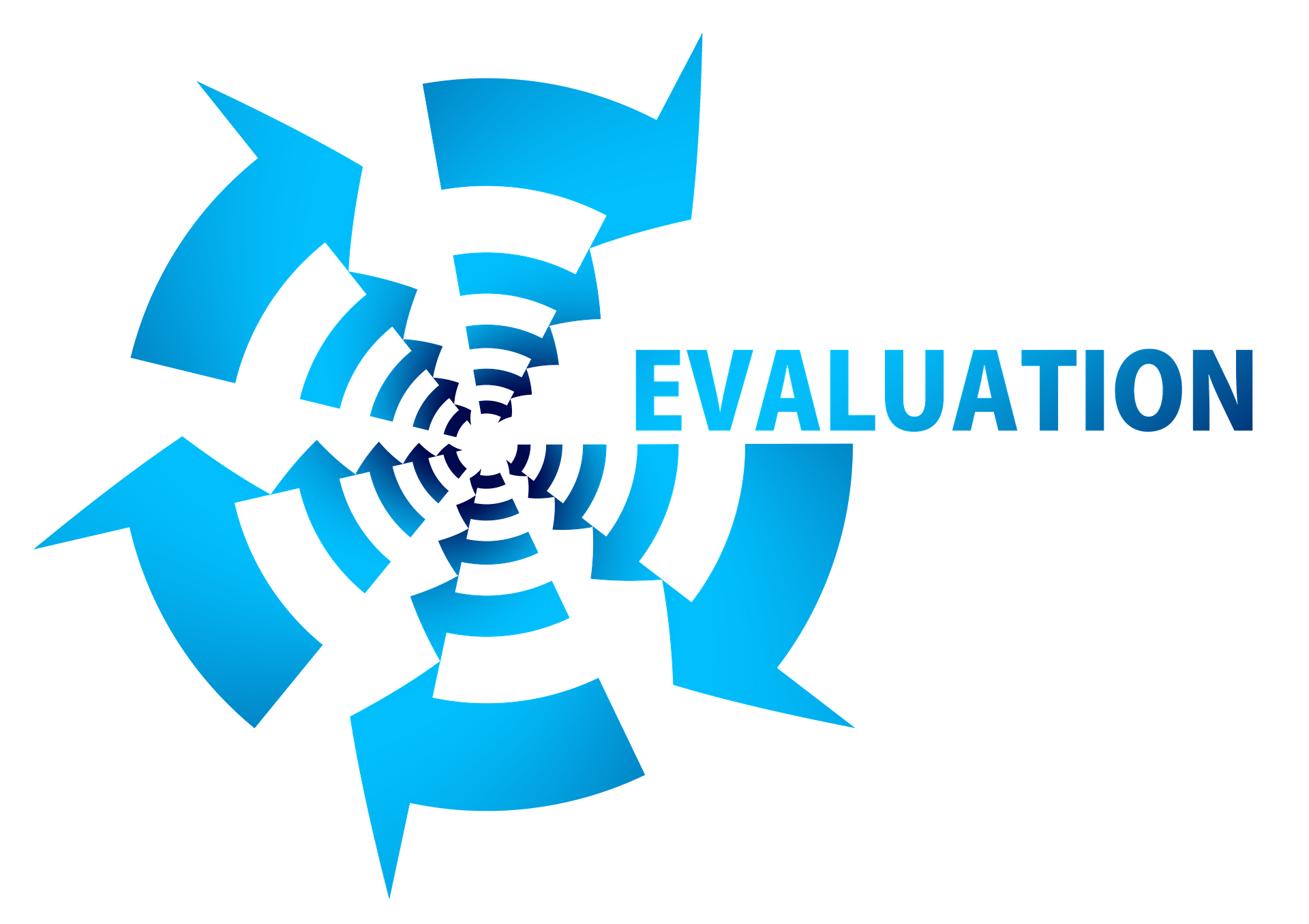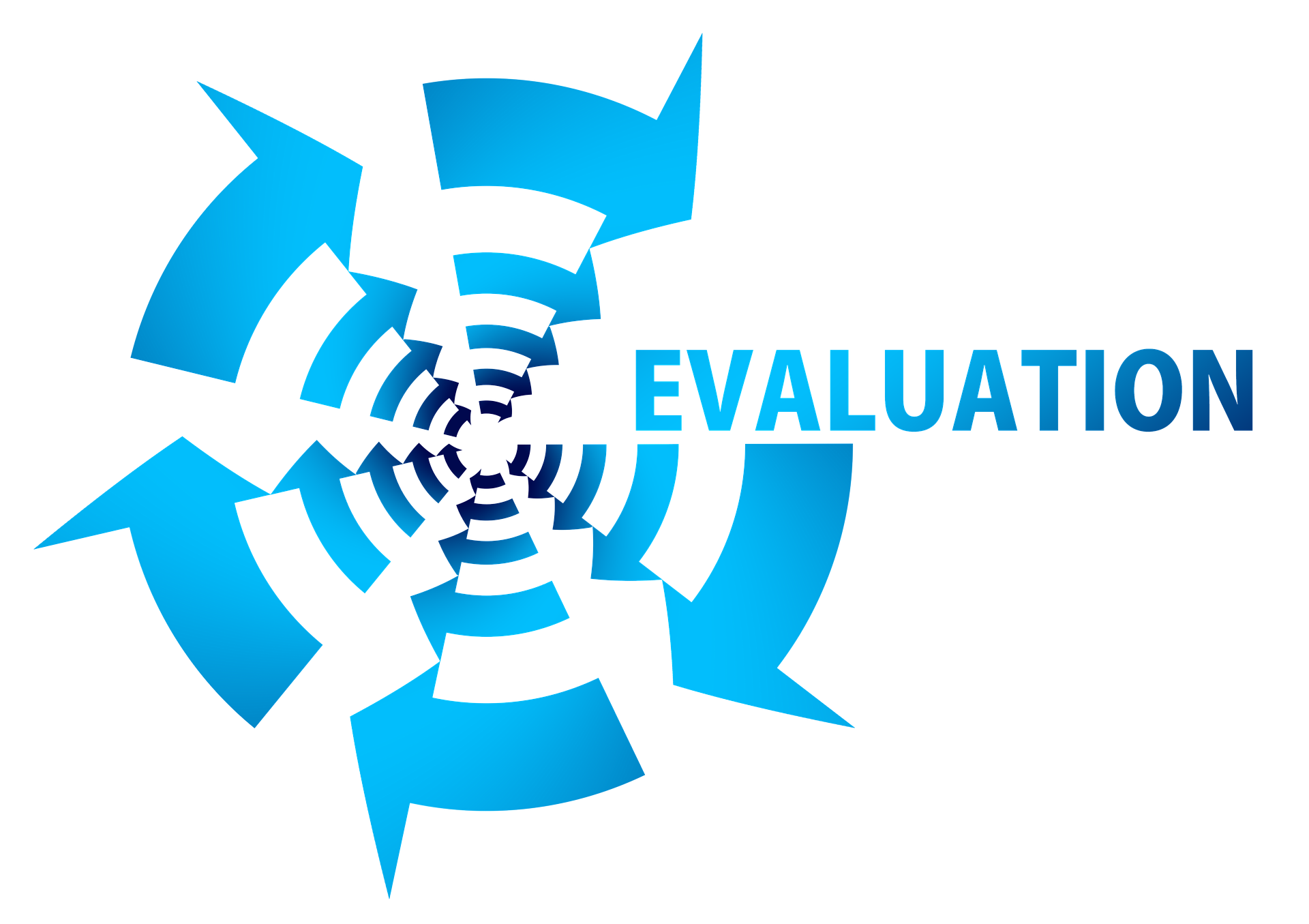Are you overwhelmed with how fast the BAS market is changing?
Do you find yourself struggling to keep up with systems and how to evaluate them?
Are you looking for an easy way to consistently evaluate BAS's that is vendor neutral?
If so you are in the right spot. This is the first article in a 10-part series on how to evaluate your building automation systems.
The Framework
Our industry needs a framework to guide it in selecting control systems based on facts and not emotions and flashy sales pages. Therefore, over the next several months I will be building out a framework that you can use to evaluate building automation systems. This framework will enable you to make wise decisions and compare systems based on quantitative rankings (facts), not fluff.
In each of the sections of this series I will detail out what the criteria is, what it means, and a ranking table for how to rank the criteria.
Criteria 1: Openness
In this criteria, we will discuss the concept of openness and many of the misconceptions that exist around this concept. When you finish this section you will understand the core aspects of an "open" system. You will also understand how to quantitatively evaluate and rank systems based on their openness. The four forms of openness are:
If you would like jump ahead to another section of the framework:
Criteria 2: Graphics
Criteria 3: Alarming
Criteria 4: Trends
Criteria 5: Configuration Tools
Criteria 6: Controls Architecture
Criteria 7: Support Infrastructure
Criteria 8: Training
Criteria 9: Legacy Support
Criteria 10: Supported Protocols
Criteria #1
Openness
Openness, ah the illusive term, I'm not even sure where this term came from to be honest. I will tell you thing though, it seems as if everyone wants their system to be "Open" but when asked what open means you get several different responses. Therefore, prior to detailing out how to compare openness, I'm first going to discuss the multiple versions of what "Open" means.
As I see it, there are really four forms of openness and I have listed them in order of frequency that I hear them mentioned. These four forms are:
Open Procurement
Ah, the good ole' I don't want to be locked into a specific vendor fear. This is a valid fear, I mean if you're getting shitty service or ripped off by your controls contractor the quickest way to counter that is to have multiple buying options. So when most customers say they want an open system, what they are really saying is they want an open procurement model. There are pros and cons to being able to buy an offering from multiple suppliers. Let's discuss those.
Pros
With multiple suppliers, you will have cost pressure and competitive pressure to your advantage. In addition to this you will have multiple places from which to source your controllers. Finally, you will have the ability to source from a wider pool of talent for your controls work.
Cons
The pro of multiple suppliers can easily become a con when you start to have projects outside of a specific geography and this is because you will often lose consistency if you have multiple contractors executing across a geography. In addition to this if you buy multiple offerings you will have to learn multiple platforms, even with a platform like Tridium you will still have nuances for the different brands of a Tridium solution.
My Recommendation
My recommendation is to select a vendor you like and to go and request open book pricing from that vendor. Often times if you ask you can buy direct from that vendors supply chain. This may take a little bit of Googling on your part but I've yet to find a vendor where you couldn't source controls direct from their factory, if you talk to the right person. The reason I recommend selecting a single vendor is because it allows you to master a product and to provide self-executing support. However, I realize some customers may not want to self-execute. In that case it makes sense to evaluate 2-3 brands, but do yourself a favor, look at only 2-3 brands rather than 8-10 and make sure the brands aren't all by the same company.
Open Protocol
Next on our list is the concept of Open Protocol. Open Protocol is another loaded term. I mean how many times have you heard someone say, I want my system to support open protocols! Um, ok, I want an ice cream sundae...
I mean really folks, do you want HTTP?
Do you want TLS?
Or are we talking about BACnet/IP?
The problem with this statement is that it assumes by saying the phrase "Open Protocol" the buyer will receive a solution that can play nice with other systems.
My Recommendation
However, this simply is not the case!
Action #13 in my article The Building Automation Optimization Checklist details out an upgrade process. The first step I mention is to detail out your existing systems.
Well, here is a contrarian approach to the current "Open Protocol" hype. Instead of specifying that protocols be open, list out your existing systems and state that the new system must provide an integration path or have native connectivity to each system.
Open Software
Quick, what programming tool do you use to connect to your Building Automation System?
If you and none of your people know, then you probably don't need to care about open software.
I see so many specifications that discuss providing open software or open configuration tools to the end-customer. The problem is we know most of our customer's will rarely if ever log into the software. Therefore, you're paying for stuff your never gonna use. In the infamous words of Mugatu from Zoolander 1, "I feel like I'm taking crazy pills here!". (by the way if you haven't seen Zoolander 1 go watch it, it's a funny movie).
Now, for those of you who are using the software here's a secret. You can often contact the company directly to buy their software. On a side note, I'll tell you, I'm just dumbfounded that I've yet to see any major company out there who shows how to use their tools online. We as an industry need to pressure our suppliers to catch up to the Internet Age.
That being said, open software is software you can purchase openly. Just because you have to pay a yearly license does not make the software closed. The software is closed if you can't buy it.
My Recommendation
Determine if you need and will actually use the software. If you will actually use the software then determine how you can procure it and what kind of licensing costs it may have.
Open Application Programming Interface
Finally, the most and least important definition of "Open" is an Application Programming Interface (API) or Software Development Kit (SDK). The API/SDK allows the end user to develop integrations between devices and the building automation system. Think about it this way, imagine you are in Italy and you want to bake some bread. Don't ask me why you're baking bread in Italy but you are, just go with it.....
So, you need to go and talk to this Italian baker dude, and he's speaking Italian telling you how to bake. You don't understand Italian, but you do have a guide that you got off his website. It tells you that when he says farina it means flour, and so on. You then begin to build a recipe using this guide and next thing you know you've built an awesome loaf of bread.
Well, API's are like that they give you the ability to interpret and access data inside your building automation system so you can develop applications using that data. When folks are asking for an open API they are asking for the ability to access data and then a guide as to what that data means.
My Recommendation
Find out if an API exists, if it does exist find out if documentation and sample applications exist for this API as well. Finally, find out if there is a licensing cost for using this API (sometimes this is called a developer license).
So how then do you evaluate Openness?
Alright, this is all well and good but how do you take these concepts and rank the controls provider? Well you're in luck as we discussed earlier in the article, we will be ranking each item on a scale of 0 through 3. I will detail out what a 0 and what a 3 looks like for each category.
Open Procurement
You would put the following verbiage in your Request For Proposal (RFP) or Request For Qualification (RFQ).
Please detail out how we can purchase future products for this building automation system.
The table below details out how you would rank the responses.
Open Procurement Ranking |
|
Ranking Score |
Ranking Description |
| 0 | You cannot purchase the controls except through a proposal from a sales person |
| 1 | You can purchase the controls, but only by going through the local branch or re-seller |
| 2 | You can purchase the controls from multiple re-sellers |
| 3 | You can purchase the controls direct from the factory |
Open Protocol
You would put the following verbiage in your Request For Proposal (RFP) or Request For Qualification (RFQ).
Please detail out how you will integrate to the following systems (list systems and versions here). Please be clear if this will be a native integration or will require additional devices.
The table below details out how you would rank the responses.
Open Protocol Ranking |
|
Ranking Score |
Ranking Description |
| 0 | They cannot integrate or connect with any of the systems |
| 1 | The contractor can connect with less than 50% of the systems |
| 2 | The contractor can connect with greater than 50% of the systems but only using other products |
| 3 | The contractor can connect with greater than 50% of the systems natively |
Open Software
You would put the following verbiage in your Request For Proposal (RFP) or Request For Qualification (RFQ).
Please detail out how we will purchase your configuration software and any and all licensing costs for this software. Please also detail out any software we cannot have or any limitations to our version of the software.
The table below details out how you would rank the responses.
Open Software Ranking |
|
Ranking Score |
Ranking Description |
| 0 | The contractor will not provide you with their configuration software |
| 1 | The contractor will provide you with a limited version of their configuration software |
| 2 | The contractor will provide you with a full version of their software but it requires a yearly license |
| 3 | The contractor will provide you with a full version of their configuration software for a one-time cost |
Open Application Programming Interface
You would put the following verbiage in your request for proposal or request for qualification.
Please detail out if you have an open Application Programming Interface. Please also detail out if this API has documentation, sample applications, and if the API requires a developer license.
The table below details out how you would rank the responses.
Open API Ranking |
|
Ranking Score |
Ranking Description |
| 0 | The building automation provider has no API |
| 1 | The building automation provider has an API with no documentation |
| 2 | The building automation provider has an API with documentation, but it requires a developer license |
| 3 | The building automation provider has an API with documentation and it does not require a developer license |
Summary
This was the first article in the How to Evaluate a BAS Series. In this article you learned how to evaluate your BAS for:
- Open Procurement
- Open Protocol
- Open Application Programming Interface
- Open Software
In the next article for this series we will discuss how to evaluate graphics. If you would like to make sure you never miss any of the great content here at BAM and get entered for all of my subscriber only content then be sure to subscribe below.





